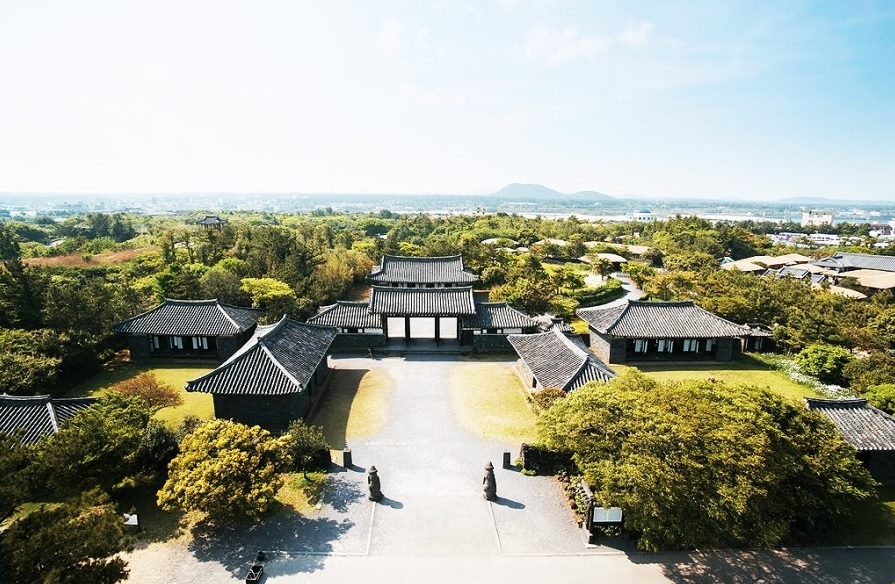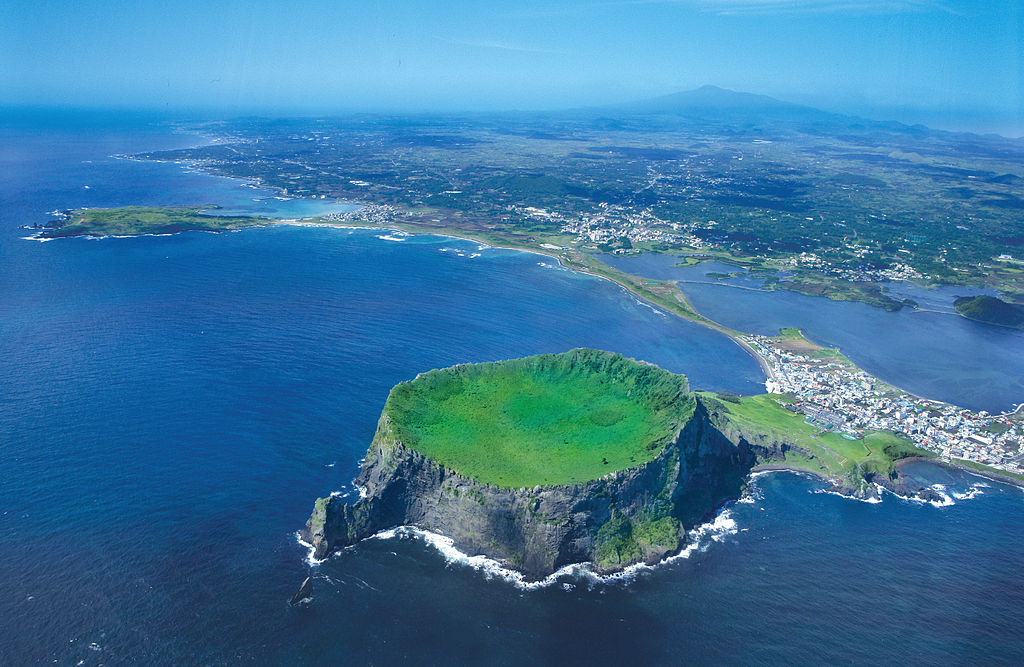|
Excursion
The excursion includes the following:
- Admission fee
- Lunch
- Transportation
Jeju Folk Village Museum

Jeju Folk Village Museum exhibits a comprehensive collection of traditional folk articles from the island,
which were mostly prevalent around the 1890's.
More than 100 traditional houses were moved from their original locations where the islanders had actually resided -
even along with a piece of stone and pole.
Over 8,000 pieces of folk articles are also displayed.
It is expected that great attention and wholehearted support will be paid to the center for cultures,
Jeju Folk Village, where the island's cultures have been kept alive and species of native trees and flowers can be seen.
As the focal point for Jeju Island traditional cultural assets,
the Jeju Folk Village intends to find, preserve, and develop the heritage with hopes that the Fok Village will remain
a stimulus for further cultural development.
For more information, please refer to the
page.
Seongsan Ilchulbong

Seongsan Ilchulbong Tuff Cone was created by hydrovolcanic eruptions 100,000 years ago.
The peak was once an island, but it is now connected to Jeju Island,
due to the sand and gravel washed ashore from Shinyang Beach.
Farmers used to grow crops on it.
About 200 varieties of plants and animals live on it.
Udo Island is to the north and Seopjikoji is to the south.
The peak is a prime spot from which to view the sunrise.
It was designated as a natural monument on July 19, 2000;
a UNESCO World Natural Heritage site on July 2, 2007;
a Global Geopark on October 1, 2010;
and one of the New 7 Wonders of Nature on November 12th, 2011.
For more information, please refer to the
page.
|

